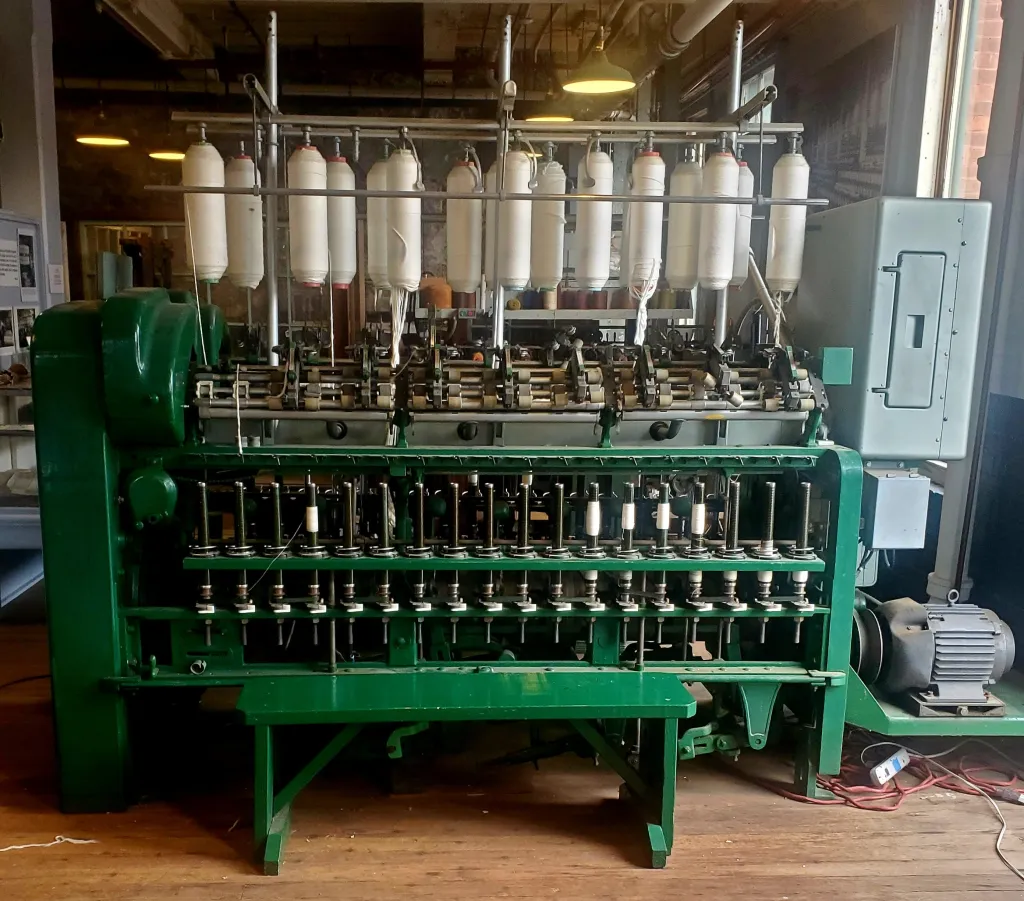List of Spinning Machinery Used in the Textile Industry
Spinning machinery used in the textile industry is of different categories, and you need to have an array of knowledge about the ones you are making use of as a textile worker.

In the textile industry, spinning is top of the list of the most important processes.
Spinning is the conversion or transformation of fiber to the yarn which consecutively is converted to textiles immediately after it is put through different spinning processes.
Spinning Machinery in the Textile Industry
Here are the spinning machinery used in the textile industry:
1. Draw Frame Machine
A Draw frame machine is utilized to convert the sliver produced from the carding to become a draw sliver in a raw cotton spinning mill.
This is done by processing called blending, doubling, and leveling.
2. Bale Opener Machine
A Bale opener machine is a group of blenders that is good for processing different types of cotton when the fiber condenser supplies the cotton.
It is plucked by the auto bale plucker to get more blending, opening, and cleaning and the cotton would be transferred to the successive machine for the additional process.
3. Rotor Yarn Spinning Machine
A Rotor yarn spinning machine is used for open-ended spinning which is otherwise called “break spinning”. In rotor yarn, the combed yarn and carded yarn are more than the total process flow chart.
The input in a rotor yarn is drawn silver which gives an output of rotor yarn.
The quality of yarns produced in this machine ranges from low quality to medium quality and the rotor yarn is used to produce dungarees, chinos, denim, twills, and any heavy fabric.
The machine in the rotor spinning process has a higher production rate and it does little waste when compared. The product (denim) is what is used to make blue jeans.
4. Simplex Machine
A simplex machine is used to convert sliver to roving via the spinning process and is used during the carded and combed yarn process.
The simplex has three functions which are:
1. Drafting
2. Twisting
3. Winding
5. Fiber Blender
A fiber blender is a mixing machine for combining various fibers in one to produce a product of the operator’s desire or having the desired characteristics.
6. Jute Apron Draft Spinning Frame Machine
The jute apron draft spinning frame machine is used to obtain fiber from the base layer of the jute plant.
There are two types of jute spinning which are a. Sliver spinning and Roving spinning.
7. Step Cleaner Or Ultra-Cleaner Machine
Step cleaner or ultra-cleaner machines are top on the list of textile industry spinning machines. It is also called a super cleaner.
It is utilized to open and clean the impure parts or particles from a cotton turf.
The step cleaner or ultra cleaner or super cleaner which is utilized in the textile industry has four main parts which are the Feed roller, Six beaters, Battle plate, and the Grid bar.
8. Carding Machine
A Carding machine in the textile industry is used for the carding process (or heart of spinning process) which is the reduction of entangled mass of fibers to become a filmy web that is produced by working between two closely spaced and relatively moving surfaces clothed with the sharp wire points.
As far as new spinning systems are concerned, the significance of carding would be higher.
9. Comber Machine
A comber machine is used to spin yarn containing a comb to make the fibers become straight and extract neps, impurities, and short fibers.
It is used to produce finer yarns by keeping only long fibers.
10. Lap Former Machine
The Lap former machine is used to form a lap by doubling a limited amount of silvers (from 16 to 32) formerly subject to a drawing passage.
One of the importance of the Lap Former Machine is that it is used to reduce the strains to delicate comber.
The spinning machinery discussed above are just a few among the numerous ones that are relevant for cotton work.
Textile industries would always recommend the best for their workers. You need to examine one before making a recommendation.
